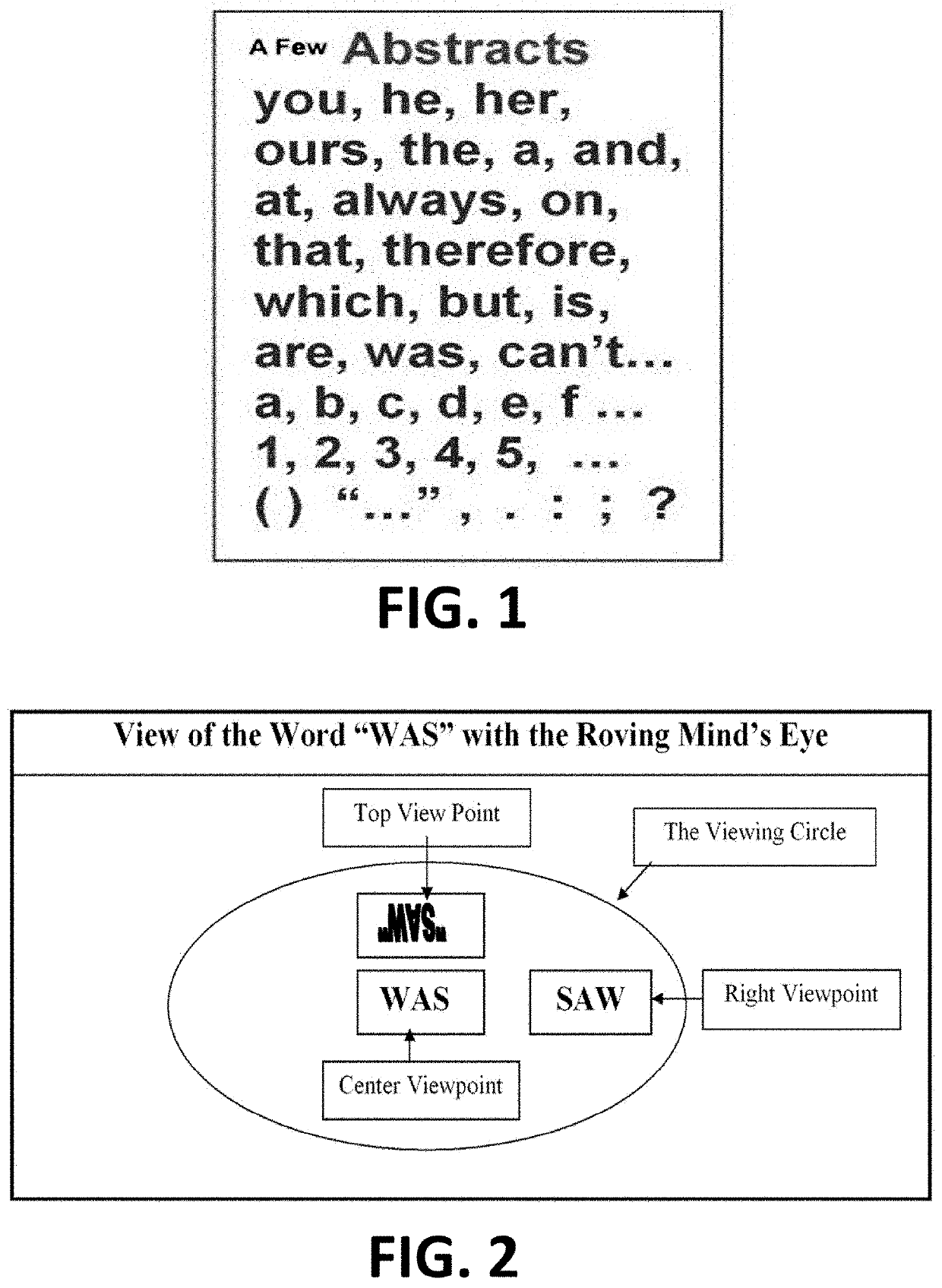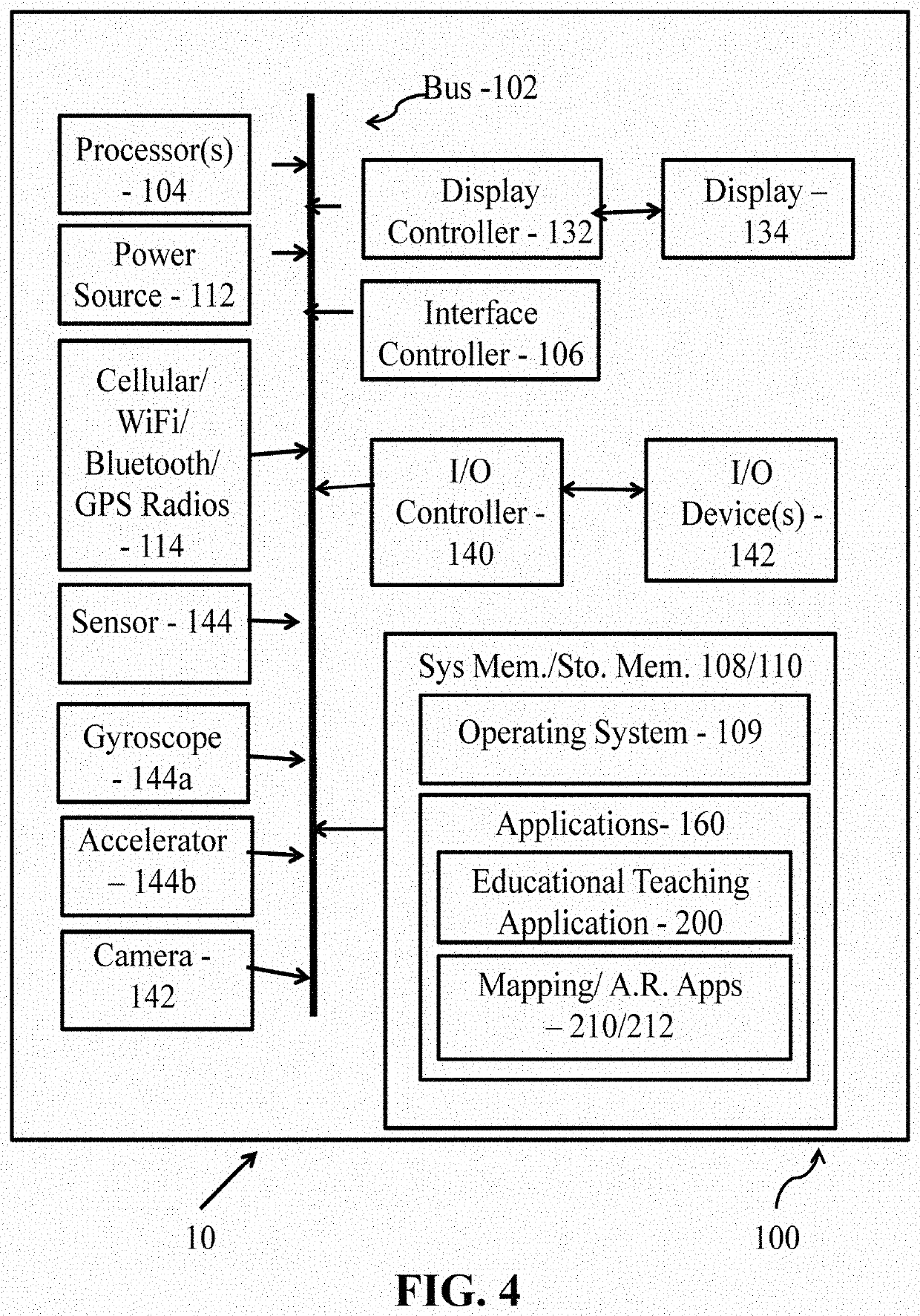System and Method for Improving Reading Skills of Users with Reading Disability Symptoms
a technology for dyslexics and users, applied in the field of interactive educational software, can solve the problems of dyslexics' difficulty in learning and retaining the meaning of abstract words, punctuation marks, and too many children leaving 3rd grade who cannot read at grade level, and achieve the effect of improving the reading comprehension of dyslexics
- Summary
- Abstract
- Description
- Claims
- Application Information
AI Technical Summary
Benefits of technology
Problems solved by technology
Method used
Image
Examples
Embodiment Construction
[0046]Embodiments of the invention will be described more fully hereinafter with reference to the accompanying drawings, in which embodiments of the invention are shown. This invention may, however be embodied in many different forms and should not be construed as limited to the embodiments set forth herein; rather, these embodiments are provided so that this disclosure will be thorough and complete, and will fully convey the scope of the invention to those skilled in the art.
Definitions
[0047]3-D Learners and Thinkers—individuals whose thinking and learning style is initiated primarily by sensory experiences. They tend to be gestalt-lead thinkers
[0048]Gestalt-lead thinkers—they first perceive the big picture, not its parts, and this stimulates their perception, thinking and learning. They tend to run (take part in) experiential internal “movies” of their perceptions in their Mind's Eye.
[0049]Logic-lead thinkers—perceive and analyze the parts immediately, rather than focusing on the ...
PUM
 Login to View More
Login to View More Abstract
Description
Claims
Application Information
 Login to View More
Login to View More - R&D
- Intellectual Property
- Life Sciences
- Materials
- Tech Scout
- Unparalleled Data Quality
- Higher Quality Content
- 60% Fewer Hallucinations
Browse by: Latest US Patents, China's latest patents, Technical Efficacy Thesaurus, Application Domain, Technology Topic, Popular Technical Reports.
© 2025 PatSnap. All rights reserved.Legal|Privacy policy|Modern Slavery Act Transparency Statement|Sitemap|About US| Contact US: help@patsnap.com



